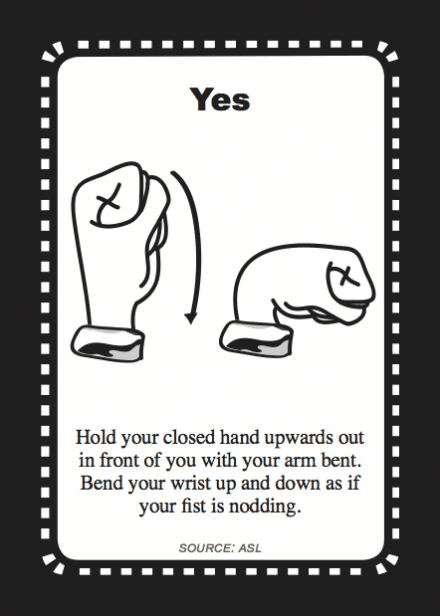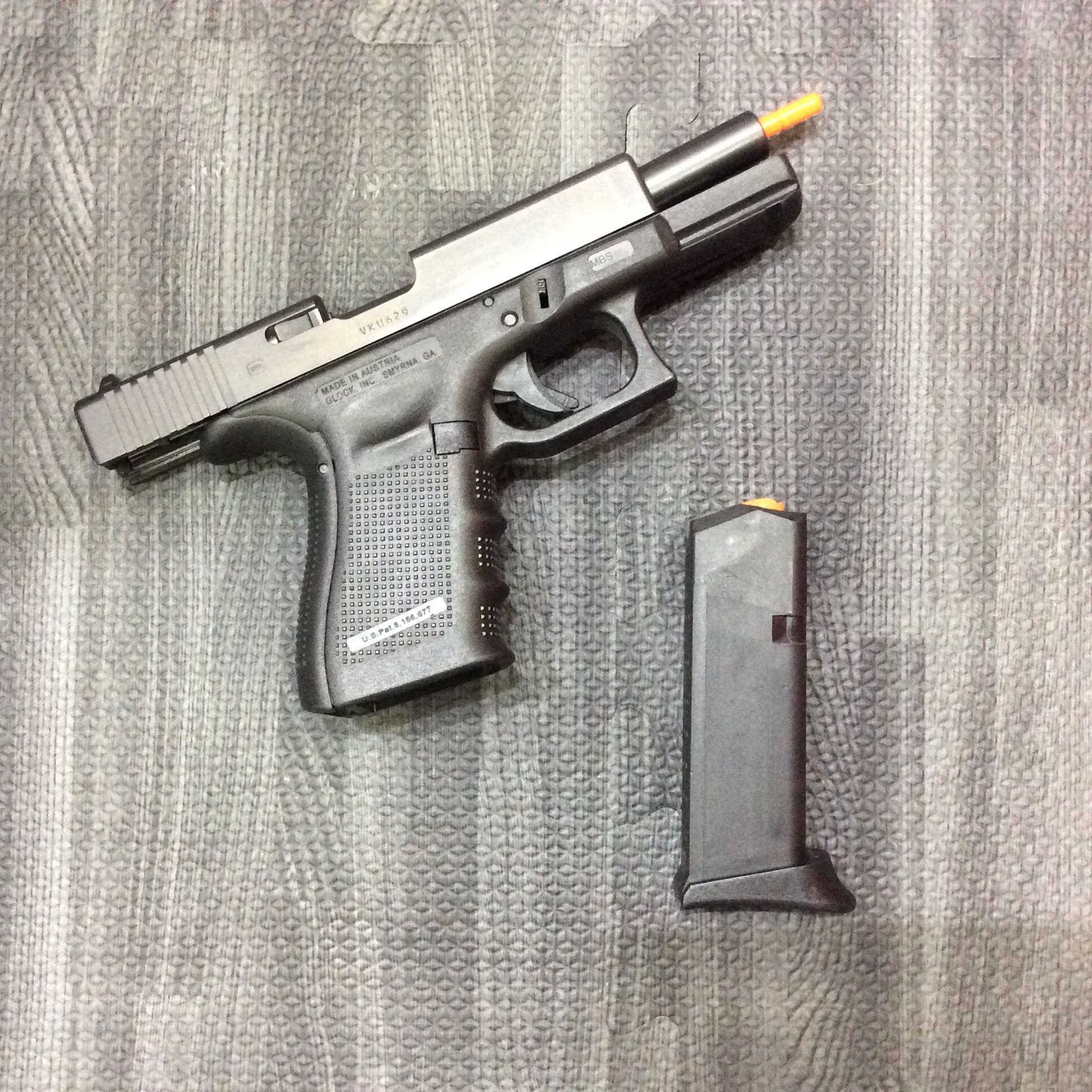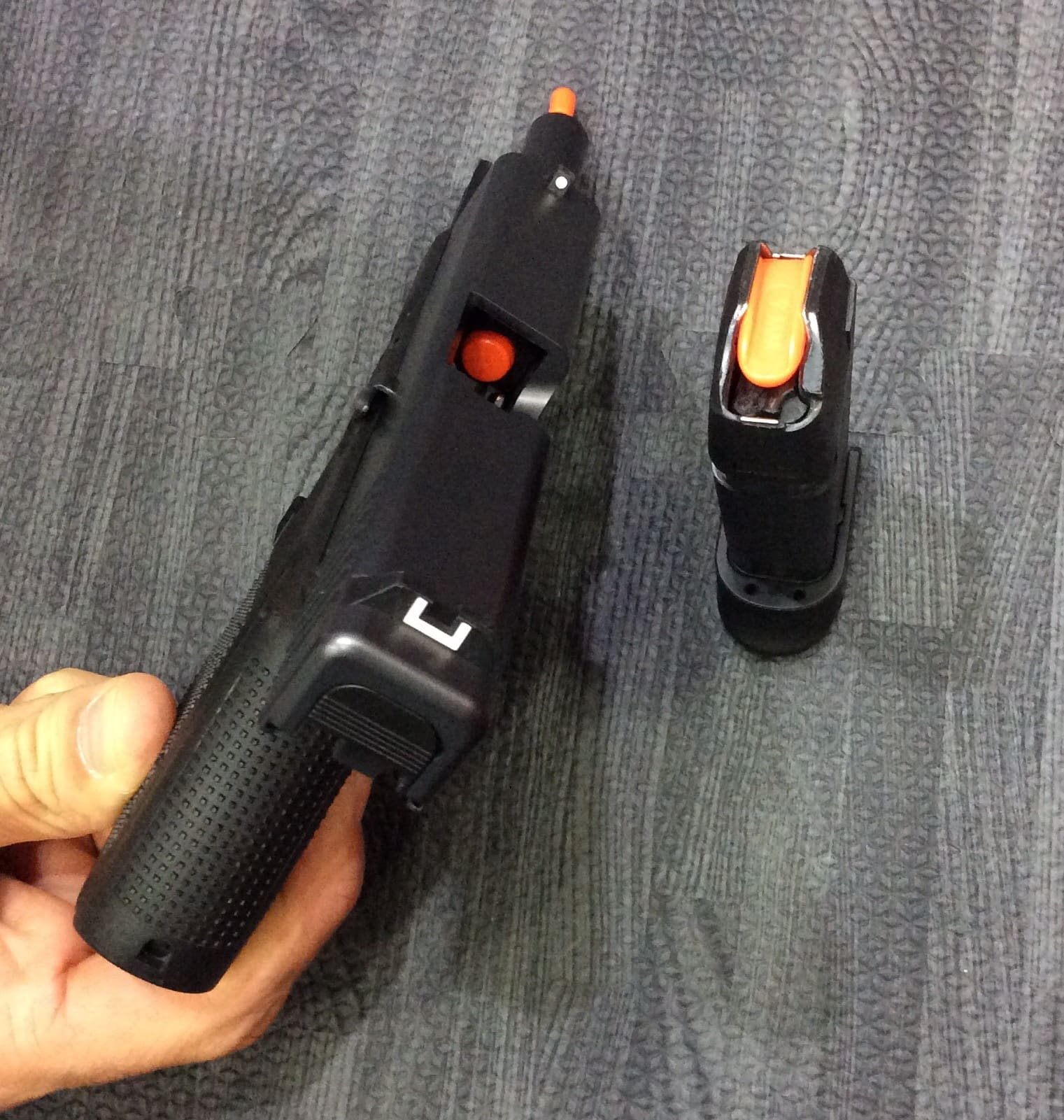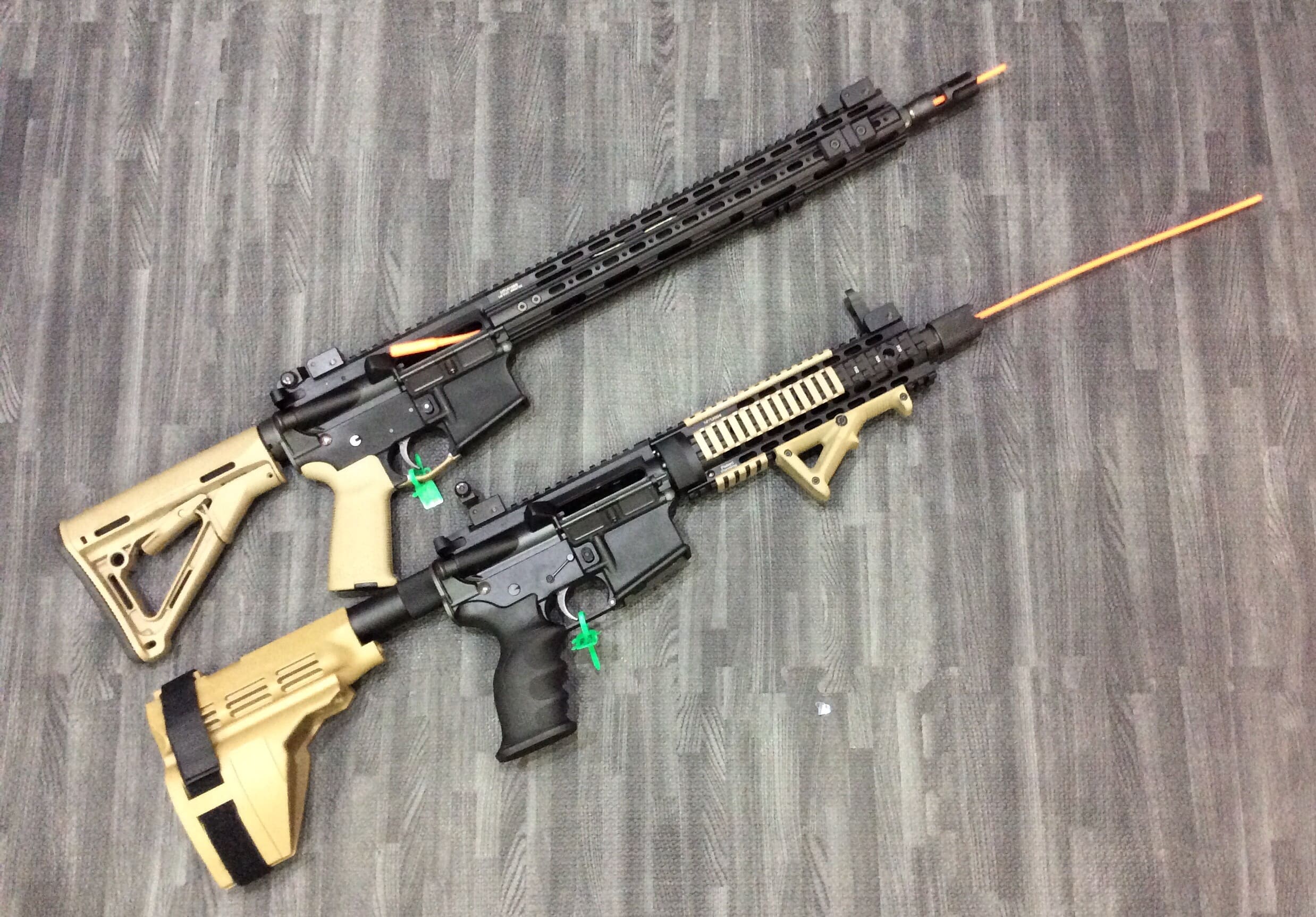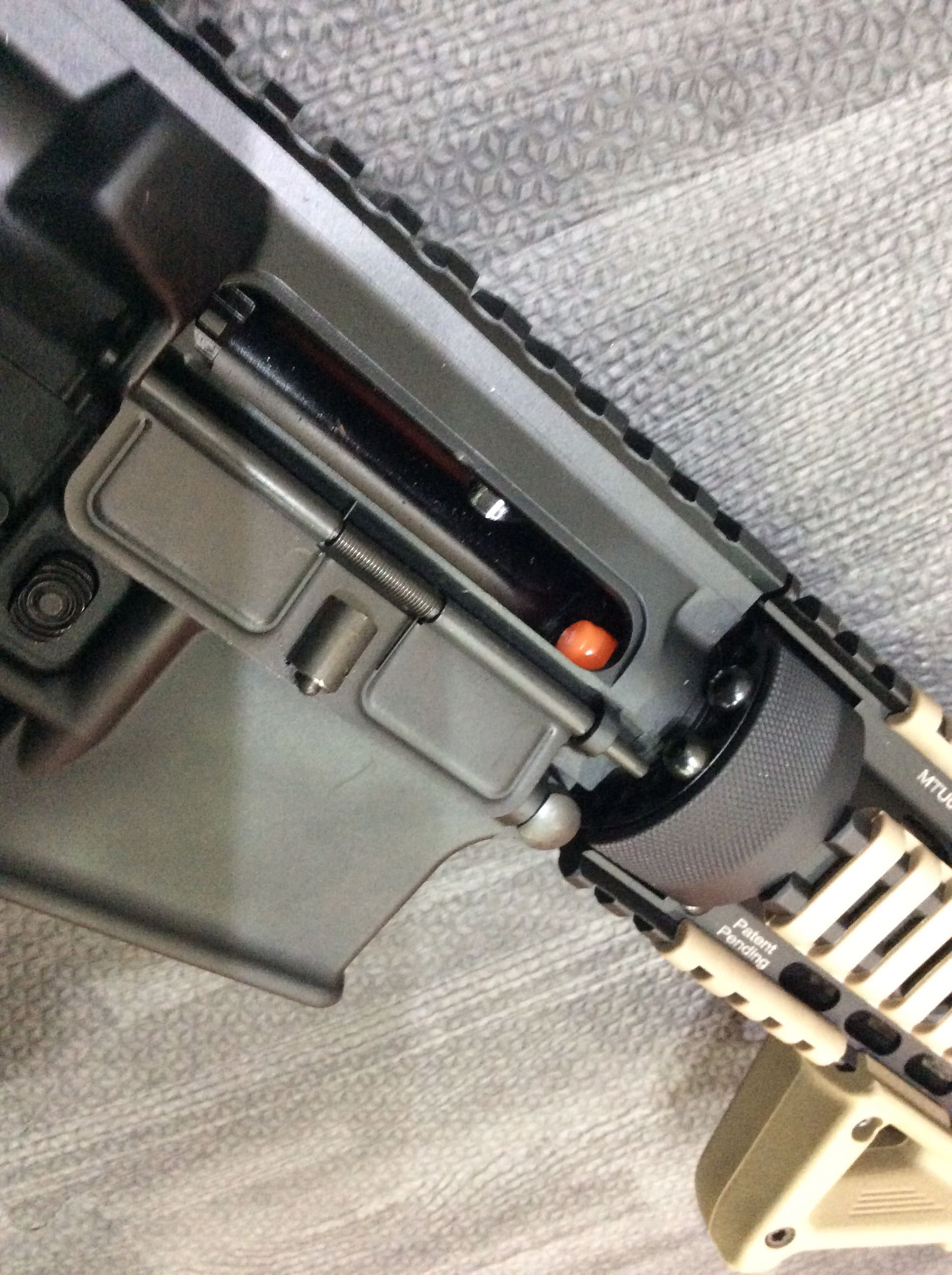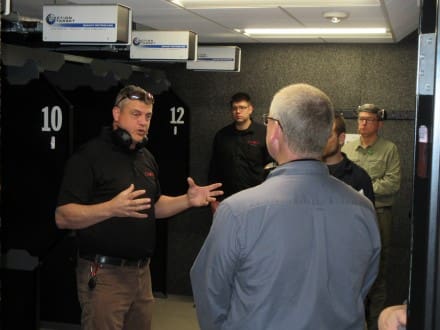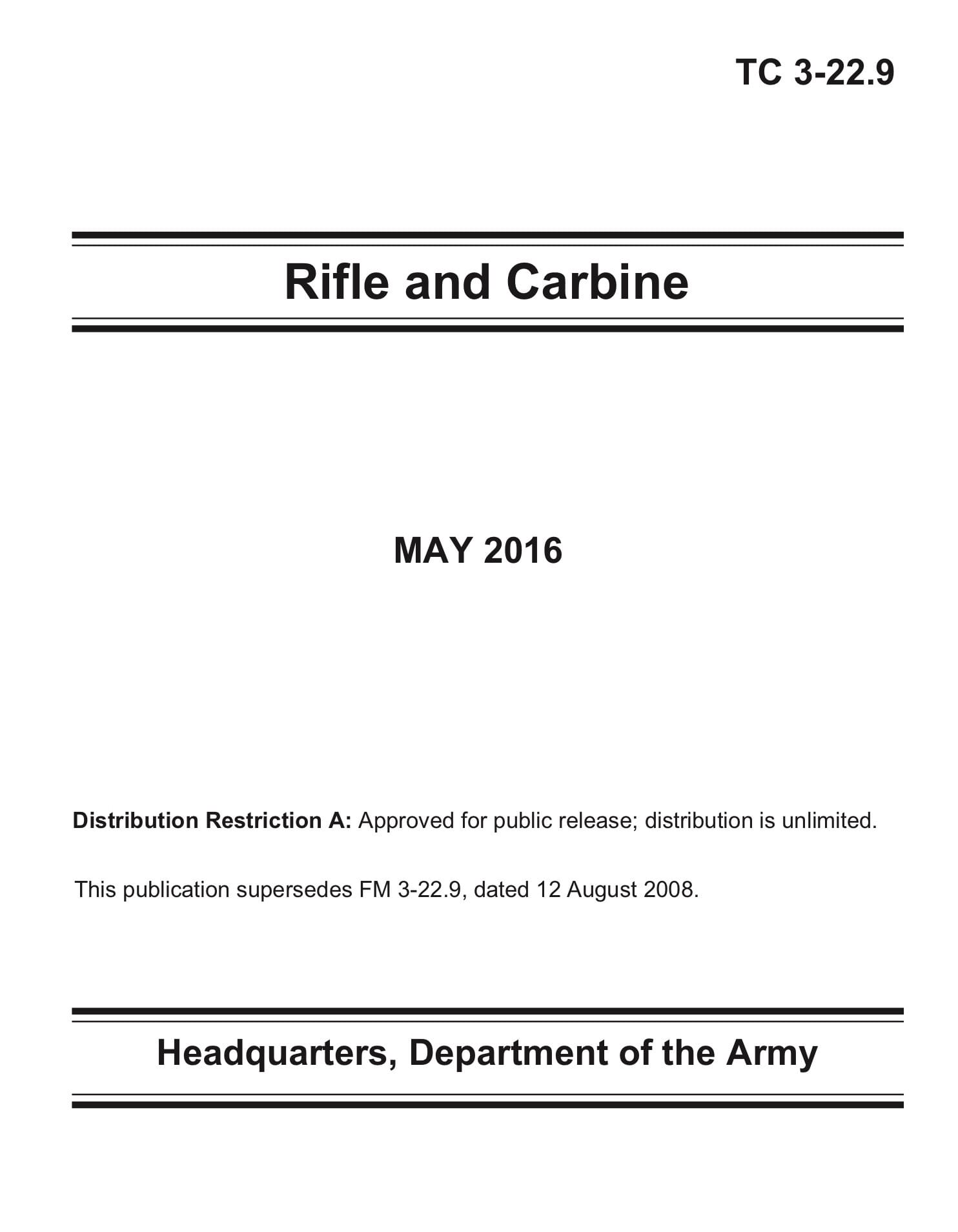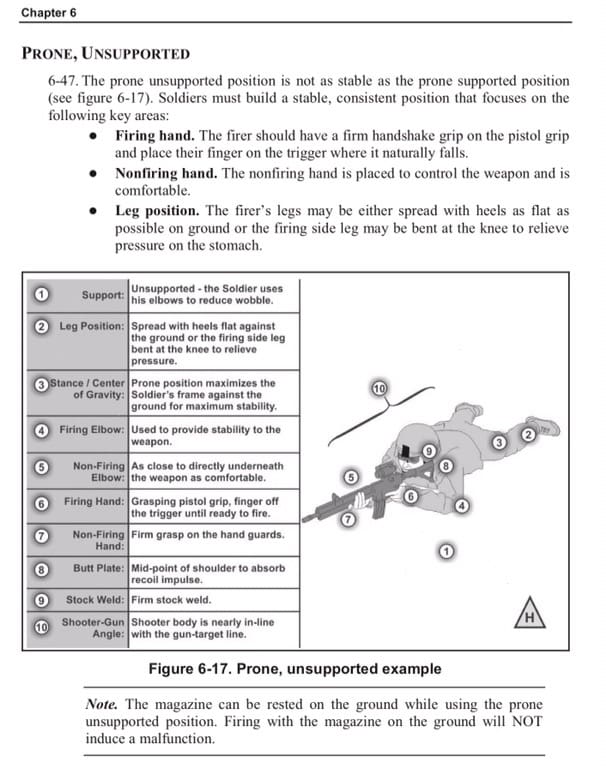PROVO, Utah – June 7, 2016 – Action Target Inc., the leading manufacturer of shooting ranges, today announces the opening of registration for their highly anticipated annual Law Enforcement Training Camp (LETC), which will be held September 12–16, 2016.
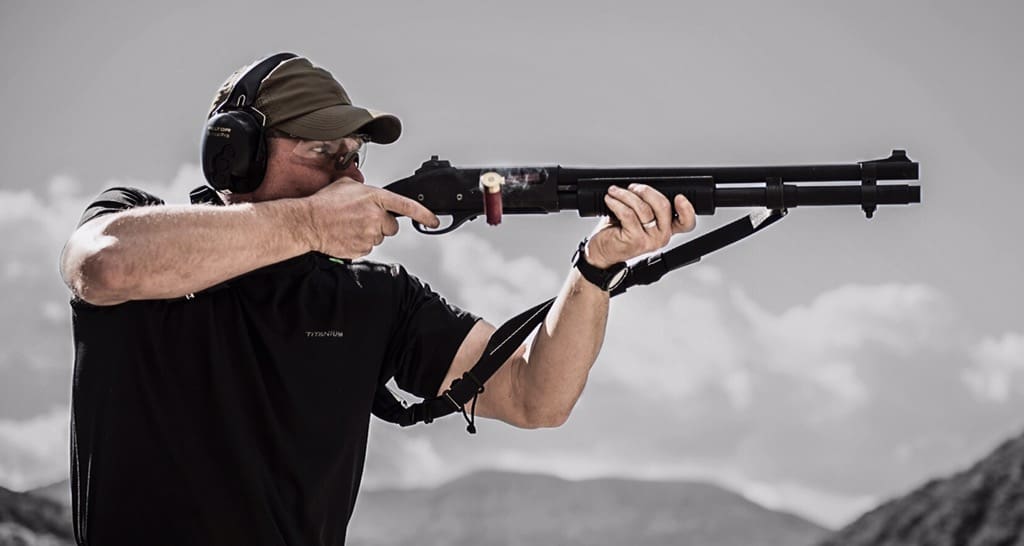
Now in its 24th year, LETC brings world-class instructors and a superior training curriculum to over 140 firearms trainers at a week-long, fast paced, high volume shooting camp. LETC is designed to aid firearms instructors from across the country in their training effectiveness allowing them to pass those skills along to officers in their respective agencies.
“LETC is a way for Action Target to give back to the LE community. It is extremely rewarding to hear the high praise and positive feedback from LETC attendees each year. LETC intensifies our commitment to continuously improve our training programs and products,” said Kevin Tomaszewski Action Target V.P. of Engineering and Marketing.
LETC instructors are some of the best in the industry. Instructors are hand picked from some of the most respected training institutions in the world and courses are chosen and developed to address the current needs of modern law enforcement agencies.
This year’s curriculum includes the following courses:
- Shoot Fast and Move with Kyle Schmidt
Reactive Shooting with Todd Haller
Rapid Deployment Patrol Rifle with Steve Horsman
Master Pistol Instructor with Tony Caspers
LE Bullets & Vehicles with Tony Caspers
Low Light Tactics & Force on Force with Wes Doss
Shoot House Instructor with Neil Honkala
Ultimate Shotgun with Brian Hoffner
LE Precision Rifle, instructor TBA
“What separates LETC from other schools and courses is the depth of skill, knowledge, and passion for learning and teaching that comes together each year at LETC” said Seth Ercanbrack, Marketing Communications Manager at Action Target.
With new and improved course curriculums and the introduction of vendor demonstrations, this year promises to be better than ever. The range at LETC is equipped with the latest advanced target systems by Action Target allowing participants to train on world class facilities including a shoot house, reactive steel bobber range, turning targets, runners, and the worlds best portable steel targets. LETC has built a long-standing reputation for great training, great people, great food, and the best value anywhere.
Participants will also have the opportunity to put their skills to the test in the annual Cory Wride Memorial Match for a chance to win prizes and bragging rights.
Agencies and trainers who would like to attend LETC are encouraged to register quickly to ensure space is available in desired courses. Attendance is capped at 140 participants and sells out quickly each year. Full course descriptions and registration information can be found at www.actiontarget.com/training/letc


